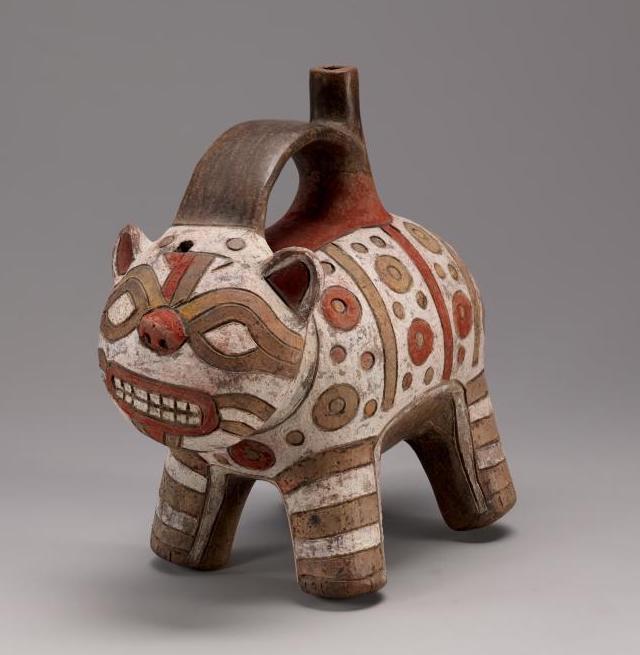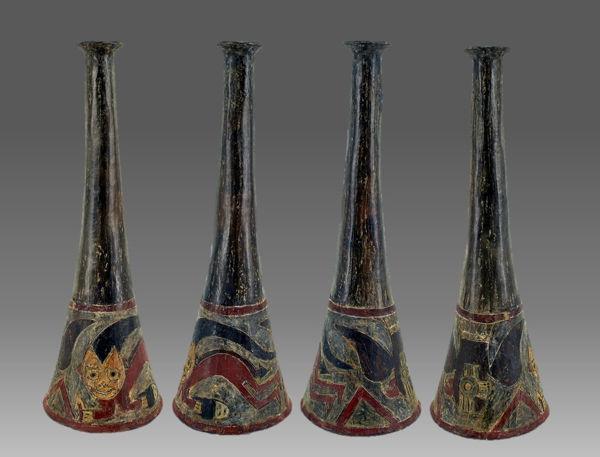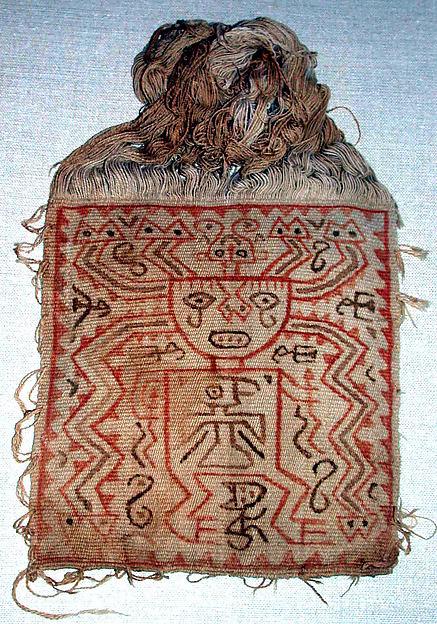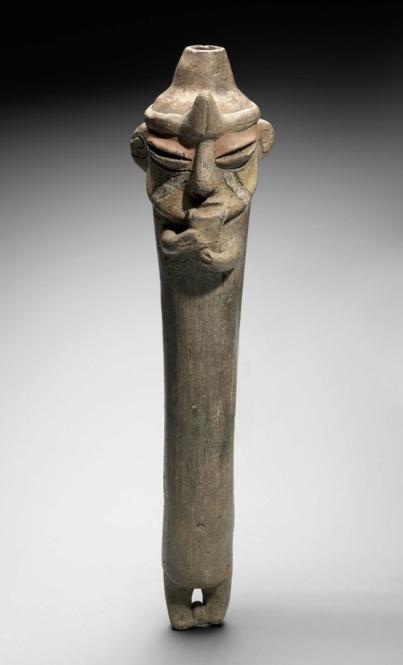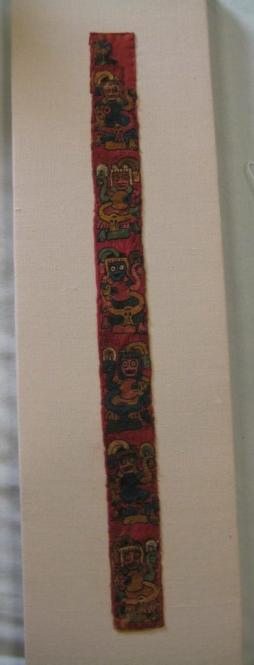2018-86
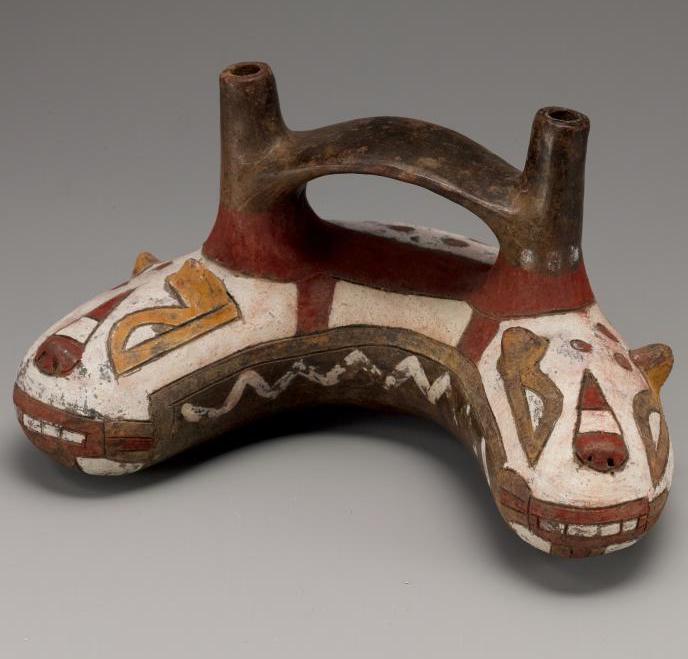
Object Title
Bridge-spout vessel in the form of a bicephalic creature
Measurements
h. 8.5 cm, w. 15.5 cm, d. 9.7 cm. (3 3/8 x 6 1/8 x 3 13/16 in.)
Creation Date
ca. 400–200 B.C.
Credit Line
Museum purchase, Peter Jay Sharp, Class of 1952, Fund
Museum Name
Museum Contact
Bryan Just
Culture
Country of Origin
Object Type
Materials / Techniques
Object URL
https://artmuseum.princeton.edu/collections/objects/22494
Museum's Definition of Antiquity
1532
Provenance Information
By 20 May 1970, Alan C. Lapiner, New York; 20 May 1970-2018, private New York collection (object #149)
Exhibition Information
Long-term loan, PUAM (L.1990.34.3)
Publication Information
None
Section of the AAMD Guidelines relied upon for the exception to 1970
Informed judgement that works were outside of the country of modern discovery before 1970
Explain why the object fits the exception set forth above
Based on the results of provenance research, the Princeton University Art Museum can make an informed judgment that the object was outside its probable country of modern discovery before 14 November 1970. The collector maintained a sequential inventory of their collection with the year of each acquisition specified. The accuracy of the list is demonstrated by a number of works in the inventory that were either published in other collections prior to the collector’s acquisition date or published or exhibited shortly after the acquisition, in each instance with the appropriate ownership history documented. According to the inventory, the collector acquired this work on 20 May 1970 from Alan C. Lapiner, a New York art dealer.
